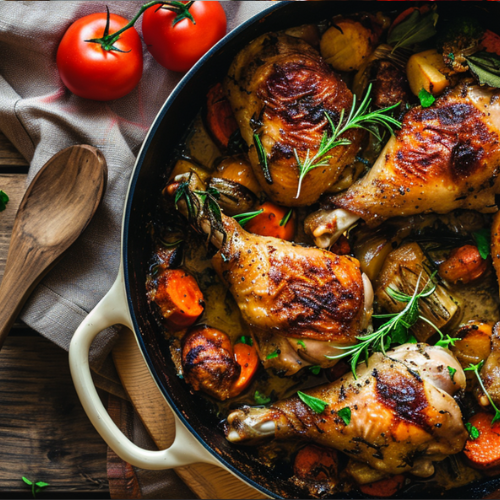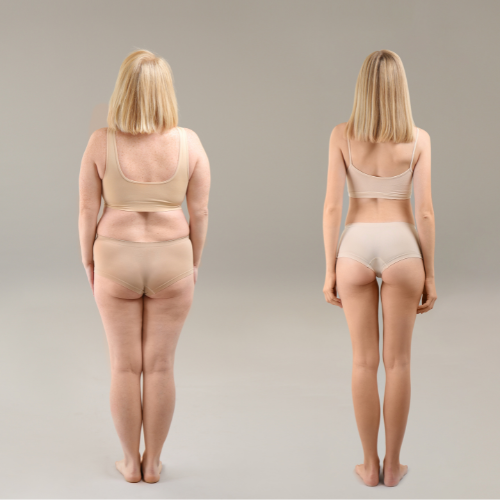How many calories does beer have? We dissect the myth of the "beer belly"
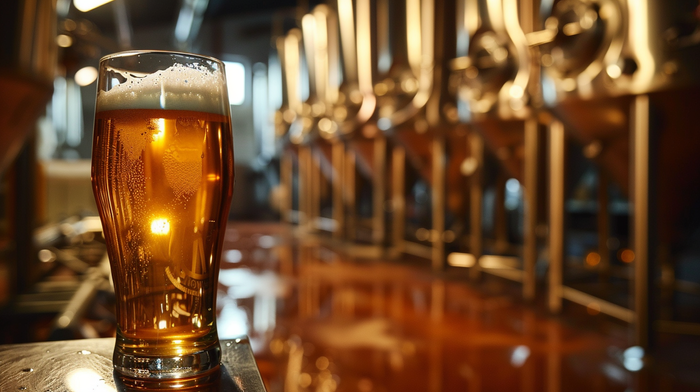
Beer, one of the world's most popular alcoholic beverages, has accompanied mankind in various cultural and social forms for centuries. However, with the growing awareness of healthy living, many people are beginning to consider the impact that regular consumption of beer can have on their bodies and, most importantly, how many calories this golden beverage actually provides us with.
Before we delve into the details, it's worth noting that beer, like all other foods and beverages, can be part of a balanced diet, as long as it is consumed in moderation. The key is to understand how beer fits into our daily caloric requirements and its nutritional properties (or lack thereof).
Calorific value of beer - basic facts

The amount of calories in beer depends on many factors, including the type of beer, its strength (alcohol content) and the ingredients from which it is brewed. In general, the stronger the beer, the more calories it contains. For example, a typical light lager contains about 150 calories per 500 ml, while stronger beers such as IPAs or stouts can contain up to 250 calories for the same amount.
Also worth noting are non-alcoholic beers, which are gaining popularity as an alternative to traditional beers. Their caloric content tends to be lower - about 100 calories per 500 ml, making them an attractive choice for people who are concerned about their weight.
Beer vs. "beer belly" - is there anything to fear?
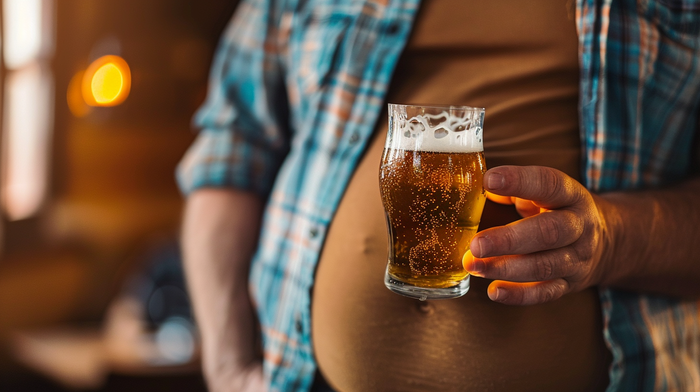
The term "beer belly" is commonly used to describe the increased abdominal girth that can result from excessive beer consumption. While beer itself is not the only culprit leading to weight gain, its high caloric content combined with the tendency to consume it in large quantities can contribute to excessive caloric intake, which in turn leads to weight gain.
It is important to remember that both alcohol and simple sugars in beer can contribute to weight gain. Alcohol is metabolized first by the body, which means that fat burning is halted, and calories consumed with alcohol have a greater tendency to be deposited as body fat.
How to drink beer in order not to get fat?
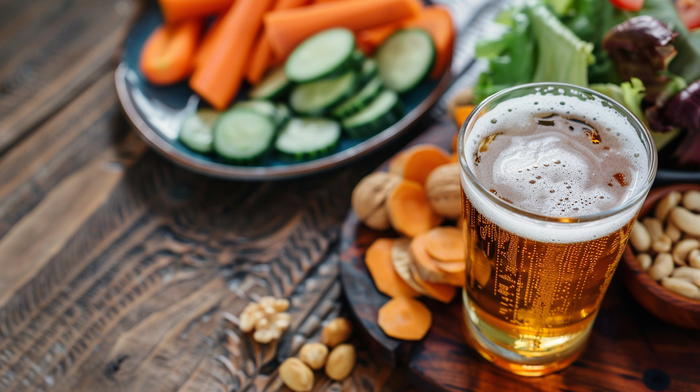
The key to enjoying beer without negative consequences for your figure is moderation and a conscious approach. Here are some tips to help you enjoy your favorite beverage without worrying about excess calories:
- Choose beers with lower alcohol and calorie content - light lagers that offer a pleasant taste without the extra caloric burden.
- Drink slowly and savor each sip, rather than drinking quickly and in large quantities.
- Set a limit - decide how many beers you can drink at one social gathering, and stick to that number.
- Drink water between beers to prevent dehydration and reduce overall alcohol consumption.
- Choose healthy snacks for beer, such as vegetables or nuts, instead of high-calorie chips or fast food.
By keeping these rules in mind and treating beer as one of the elements of a balanced diet, you can enjoy its taste without worrying about unwanted pounds. Remember that the key is moderation and a conscious approach to every aspect of our lives, including alcohol consumption.
Summary
Beer, although caloric, can be part of a healthy diet, provided it is consumed in moderation. Understanding how many calories your favorite beer contains and how those calories affect your daily requirements is key to maintaining a healthy weight. By remembering a few simple rules, you can enjoy beer without worrying about a "beer belly."

